#CosmicSplendor
Explore tagged Tumblr posts
Photo
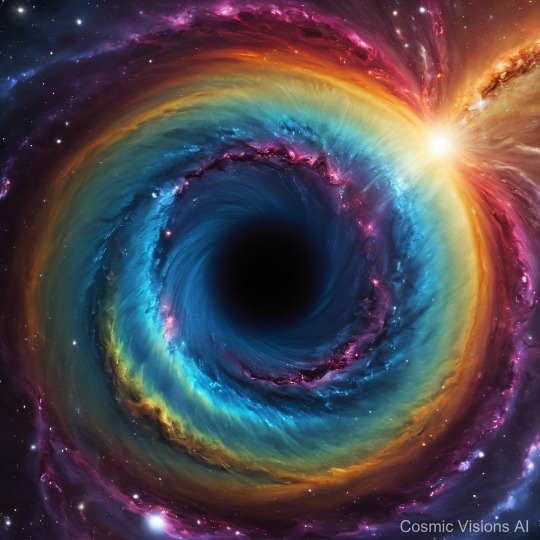
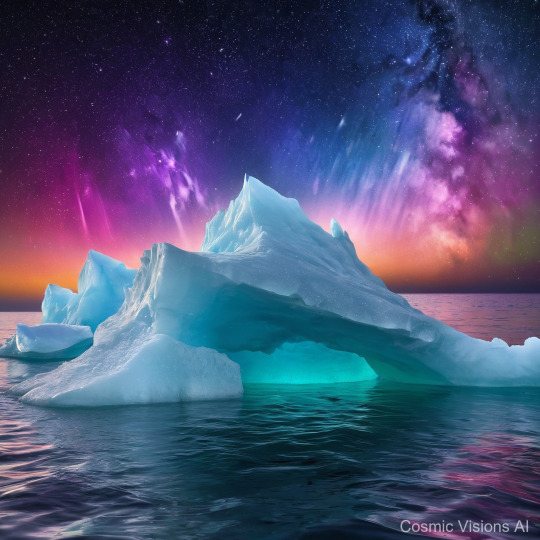
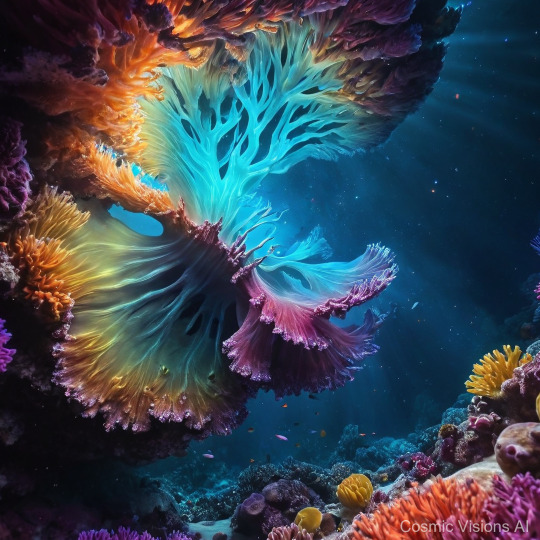
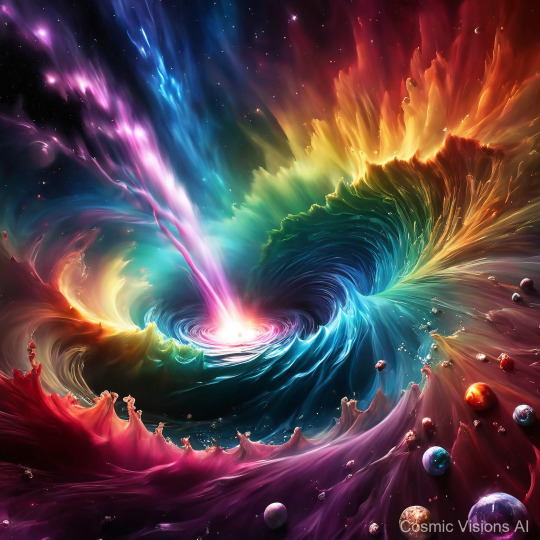
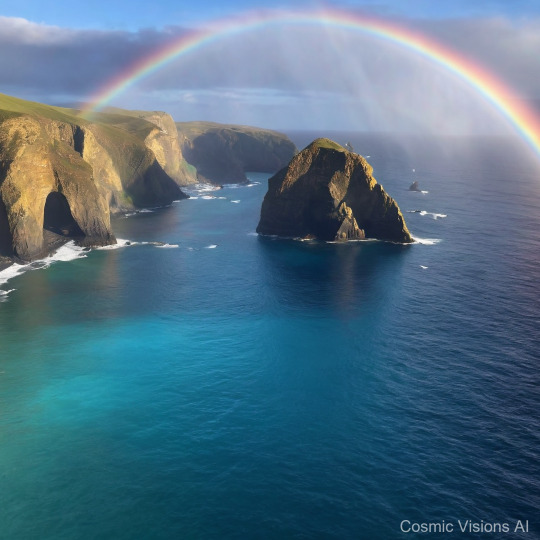
Planet Glissara, a remarkable celestial body observed from space as a swirling kaleidoscope of vibrant hues, largely consists of its vast jeweled rainbow ocean. From orbit, Glissara appears as a shimmering globe where each wave refracts sunlight into dazzling arrays of color, attributed to its unique atmospheric composition rich in prismatic gases. Surfacescape investigations reveal that the oceans consist of silicate sands mixed with crystalized minerals, causing the water to scatter light like billions of tiny gemstones. The atmosphere, though breathable, carries a perpetual mist which enhances the visual spectacle by creating natural rainbows that dance across the horizon. Storms on Glissara are a sight to behold, with multi-colored lightning strikes that illuminate the ocean in bursts, adding to this planet’s alluring yet mysterious charm.
#JeweledRainbowOceanPlanet#SpacePhotography#GalacticBeauty#AstronomyArt#CelestialWonders#CosmicSplendor#PlanetDreams#NebulaColors#StellarVoyage#DeepSpaceMagic
2 notes
·
View notes
Photo
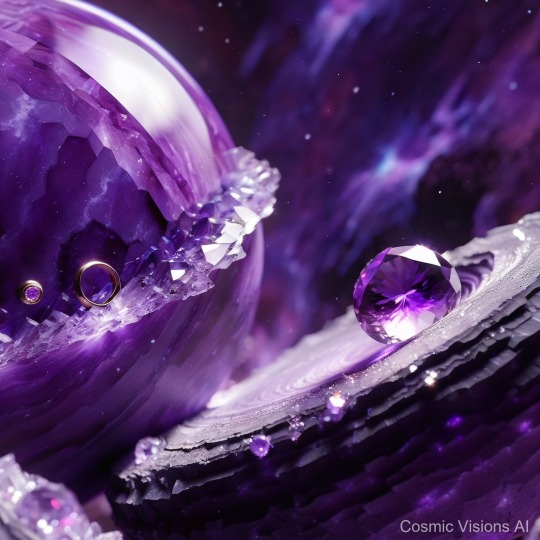
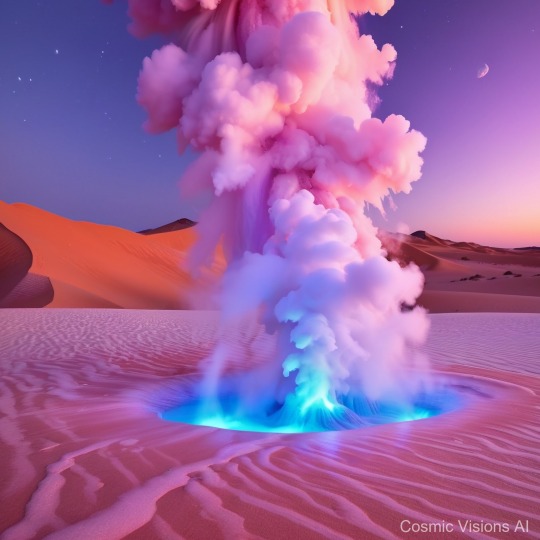

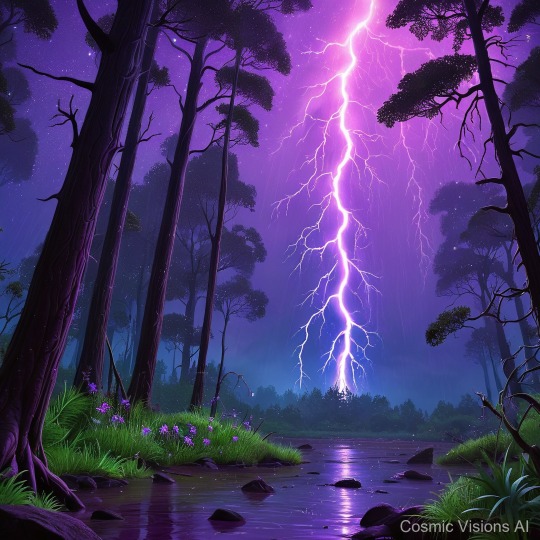

**Planet Analysis: Jayhara-9, "Violet Crystal Shores"** **Observational Summary:** Jayhara-9 is a remarkable exoplanet located in the Vianith Sector, primarily distinguished by its expansive violet crystal beaches and a vividly purple atmosphere. The planet, approximately the size of Neptune, features a thick, nitrogen-rich atmosphere interspersed with swirling argon and helium clouds, giving it a luminescent lavender hue from orbit. **Surface Conditions:** The surface is predominantly covered with intricate formations of amethyst-like crystals, which stretch from the equatorial regions to the sub-polar areas. These crystalline structures range from fine sands to massive, tower-like formations, creating a landscape that is both alien and mesmerizing. Solar radiation reacts with the crystal components, causing them to shimmer with a bright, iridescent glow during the planet's elongated day cycles. **Meteorological Phenomena:** Jayhara-9's unique atmospheric composition supports rare weather phenomena, including violet lightning storms. These storms produce spectacular light shows, as lightning strikes within fields of crystalline formations, enhancing their natural luminescence. **Astrophysical Observations:** Gravity measurements indicate that beneath the crystal surface, there may be a dense core of heavier elements, possibly a remnant of a proto-planetary collision. This core has significant implications for the planet's gravitational field, affecting both atmospheric dynamics and surface tectonics. **Conclusion:** Jayhara-9, with its stunning violet shores and dynamic weather systems, represents an extraordinary subject for further astrophysical and atmospheric studies. Its unique conditions may also offer insights into crystallography under extreme planetary environments, shedding light on processes that differ significantly from those observed on more conventional terrestrial planets.
#VioletCrystalShores#OuterSpaceGems#GalacticWonders#CosmicSplendor#NebulaDreams#CelestialBeauties#StellarShades#AstronomyArt#DeepSpacePhotography#CrystalCosmos
2 notes
·
View notes
Photo





Planet Violaria, located in the Eridani Sector, presents a breathtaking vista from space. This terrestrial body, slightly smaller than Earth, showcases an atmosphere tinged with a permanent violet hue due to the rare argon-xenon gas mixture. Violaria orbits a stable, young star, providing it with a temperate climate ideal for its notorious underground formations. Surface explorations reveal a network of extensive caves dominated by vast structures of violet quartz and amethyst, giving these caverns their luminescent quality. The 'Crystal Labyrinths' are particularly valued for scientific study due to their unique bio-luminescent properties, powered by the photonic interactions of the crystal formations with Violaria's atmosphere. The frequent crystal storms, a fascinating weather phenomenon, occur when charged particles from the star interact with the crystalline surface, energizing the crystals and causing them to emit pulses of intense violet light. This spectacle not only creates a visually stunning environment but also contributes to the uniquely harsh conditions within the caves.
#VioletCrystalCaves#DeepSpaceExploration#GalacticWonder#NebulaBeauty#CelestialGrotto#AstroPhotography#SpaceGems#CosmicSplendor#GalaxyJewels#AstronomyArt
1 note
·
View note
Photo





Planet Xyliara, observed from space, presents a mesmerizing azure hue, reminiscent of Earth’s lapis oceans but far richer in color. Its atmosphere, dominated by ethereal wisps of crystalline clouds, scatters blue light, producing a radiant sapphire glow visible even from orbit. With a diameter roughly half that of Earth, Xyliara's gravitational pull is considerably weaker, influencing surface and atmospheric dynamics peculiarly suited to its unique geology. Xyliara’s surface features extensive cavern systems, largely composed of naturally occurring sapphire crystal formations. These caverns are a spectacle of vibrant blue crystal clusters, geometrically faceted in ways that suggest both slow geological processes and possibly unique planet-specific chemistry. Environmental conditions are extreme, with temperatures oscillating swiftly due to the planet’s thin atmosphere which barely retains solar heat. Photos illustrate frost-like structures that form nightly, adding a silver sheen to the surreal blue landscape by dawn, only to be sublimated by midday into ethereal vapors that replenish the sapphire clouds above.
#SapphireCrystalCaverns#DeepSpaceGems#AstroPhotography#GalacticBeauty#CrystalGalaxy#SpaceGrotto#StellarCaves#UniverseTreasures#CelestialAbyss#CosmicSplendor
1 note
·
View note
Photo

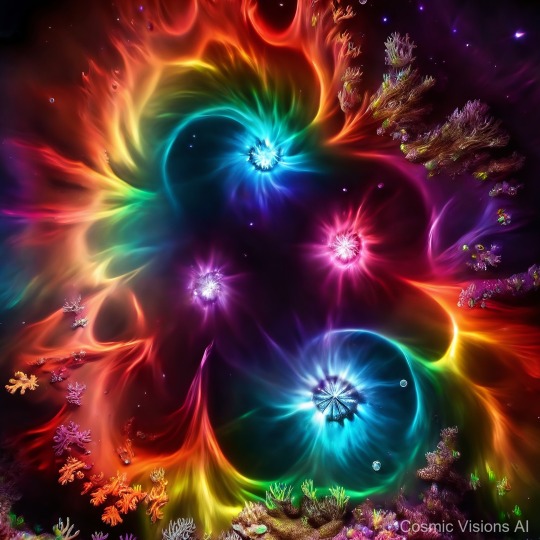


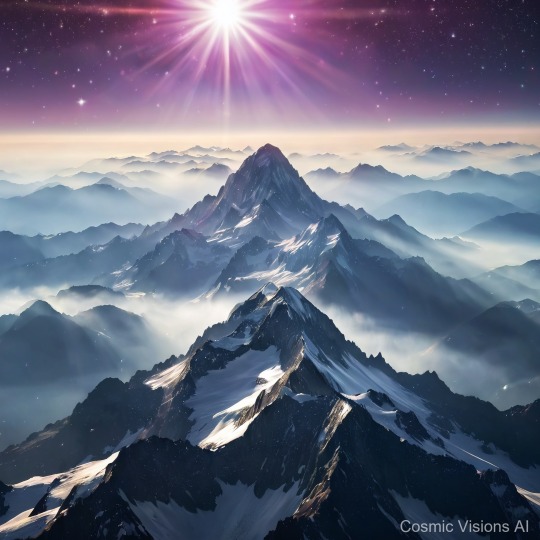
Welcome to Aqualin, a striking exoplanet distinguished by its vast oceans of liquid diamond. Seen from space, Aqualin presents a shimmering silver-blue hue, a testament to the reflective quality of its crystal-clear diamond seas. The planet's atmosphere, rich with carbon, contributes to the continuous conversion of methane into the planet's unique, gem-like water bodies under intense pressure and heat. Surface images reveal a dazzling landscape where diamond icebergs and frosted peaks float atop the metallic seas, interacting fascinatingly with Aqualin’s sparse, silicate sand shores. Weather patterns on Aqualin are dominated by swift diamond dust storms, creating swirling, sparkling clouds that traverse the planet's equator with mesmerizing speed and beauty. This unique combination of climate and surface conditions on Aqualin offers a rare spectacle of natural brilliance and geological novelty.
#DiamondCrystalOceans#SpaceGems#StardustPools#CosmicSplendor#AstroJewels#GalacticSeas#EtherealWaters#CelestialTreasures#NebulaLakes#StarlightStreams
0 notes
Photo
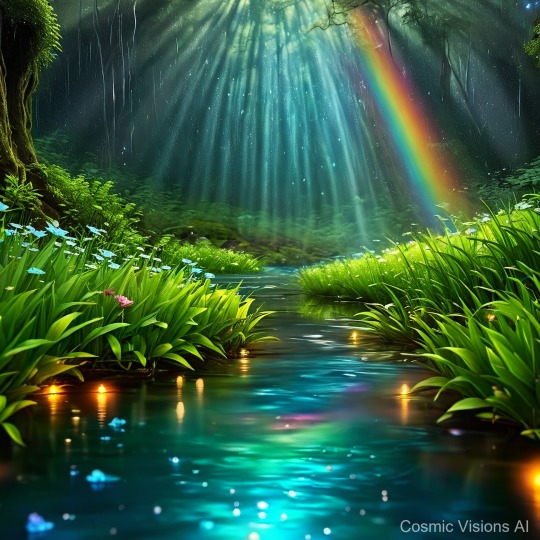

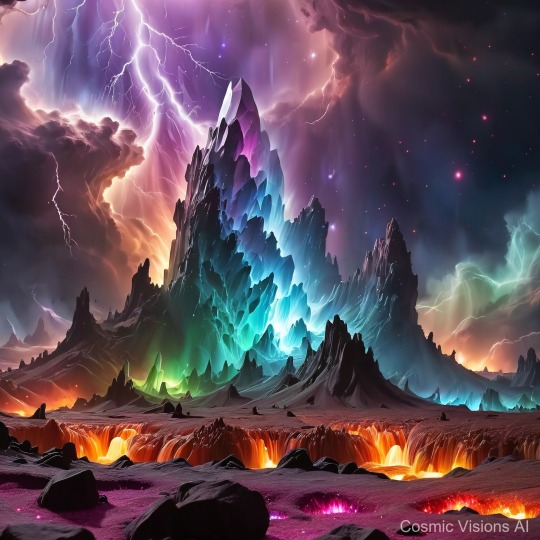
Planet Luminara, observed from space, reveals a striking azure glow, punctuated by swirling patterns of silver and gold—hints of its atmospheric iridescence. Approximately three-quarters the size of Earth, Luminara’s atmosphere is rich in silicate particles suspended in a hydrogen-helium mix, creating its unique, shimmering appearance. Surface exploration, as relayed through probes, shows a landscape dominated by vast crystal plains and towering spires. In the twilight of this planet, an extraordinary phenomenon occurs: iridescent crystal rainfall. These rainfalls emerge when the atmospheric temperature plummets, condensing the silicate vapors into shimmering, rainbow-hued crystals that gracefully descend upon the jagged terrain. This spectacle not only sculpts the planet’s surface with ever-changing layers of minerals but also contributes to its glimmering rivers, which flow like molten light under the alien sky.
#IridescentCrystalRainfalls#GalacticArt#CelestialBeauty#NebulaMagic#SpaceJewels#CrystalGalaxy#StellarVibrance#CosmicSplendor#AstronomyLife#UniverseWonders
1 note
·
View note
Photo
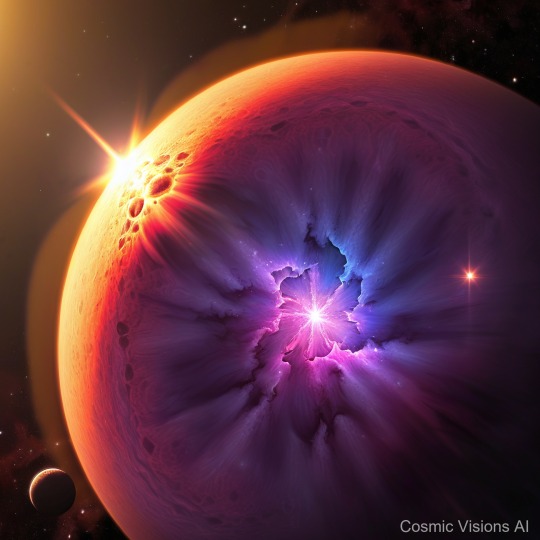



**Planet Overview: Calysto IV - "Whispering Crystal Caverns"** **Orbital Characteristics**: Calysto IV orbits a young, main-sequence star in the Viridum Galaxy. From space, the planet appears as a swirling palette of translucent blues and greens, hinting at its rich crystal-infused atmosphere composed primarily of silicate aerosols. Its size, slightly larger than Earth, suggests significant gravitational effects conducive for extensive geological formations. **Surface Conditions**: Calysto IV's surface presents a mesmerizing landscape dominated by crystal caverns. These natural formations are not merely geological curiosities but vast, interconnected systems that stretch across the planet’s equatorial region. **Unique Geological Features**: The caverns themselves are renowned for their 'whispering' quality—a phenomenon caused by the crystal-lined walls which vibrate under the influence of the planet's dense, silicate wind currents. Light from Calysto IV's twin moons refracts through these crystal surfaces, creating a luminous dance of colors that shifts with the planet’s slow rotation. **Meteorological Phenomena**: The atmosphere, thick with silicate particles, often results in 'glass storms', where the sky rains microscopic crystal shards that further blanket and expand the caverns' reach. These storms, while creating a visually stunning spectacle, contribute to the dynamic erosive processes that sculpt the caverns' intricate passageways. **Conclusion**: Calysto IV, with its unique blend of geological and atmospheric characteristics, poses a fascinating subject for studies in both planetary geology and atmospheric sciences. The whispering caverns, a testament to nature’s architectural prowess, offer insights into the intricate relationship between a planet’s surface and its atmosphere, driven by extraordinary environmental dynamics.
#WhisperingCrystalCaverns#GalacticEchoes#CosmicSplendor#NebulaWhispers#AstronomyArt#CelestialCaves#StellarSilence#DeepSpaceMagic#AstroPhotography#CrystalGrotto
0 notes